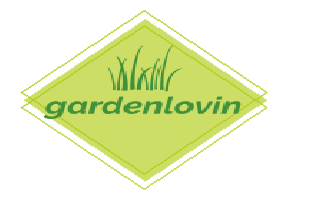Gardening is a lot of hard work from winter prepping, to spring planting, to summer growing and harvesting. However, when you get to enjoy the bountiful harvest of fresh produce from all of that hard work it certainly makes it all worth every effort. Did you know that harvesting from your garden is more than just a quick tug on a ripe tomato or fully formed zucchini?
Here are 6 mistakes that you don’t want to make when harvesting your garden produce.
Don’t wait too long to harvest
When it looks right pick it! For example, if you have beans growing in your garden make sure to begin harvesting them before the pods are full grown! If you let the pods stay on the vines until they are fully developed and mature the overall production from the plant will be dramatically reduced.

Thin your plants
Carrots should be harvested a couple of times during the growing season. In order to thin the plants, they should be harvested when they are less than 1” in diameter. However, the plants that will grow to full maturity can be left in the ground until a light frost hits. Not thinning fruit trees can lead to heavy branches that could eventually break. Remember to thin before harvest season.

Research your variety of plants
Cucumbers in the garden can be a little tricky to harvest properly. In order to know when they are ready make sure that you know how big your particular variety gets when full grown (for example, sweets only grow to approximately 2”, slicing cucumbers can grow to 7”-9”, etc.).
Aside from the length of the variety that you have in your garden, when harvesting a cucumber, you should leave a small piece of stem attached to each fruit that is removed from the vine. The same logic goes for many plants such as carrots and tomatoes.

Check your Plants Often
Pumpkins are a fun surprise to grow in your home gardens. To properly harvest pumpkins, or any winter squash you need to wait until they are fully colored and bright orange and the skins should be able to resist puncture with your fingernail.
I usually check my pumpkins and other plants once a week to see how they are doing. Summer squashes are the opposite, they should be picked while the flesh is still soft. Tomatoes need to be picked before they split due to over growth, and Raspberries will bet lost in the soil if they are not picked before they are ripe. Check your plants often so you can harvest them at the peak time.

Watch your tops!
Radishes, carrots, onions and leeks should be harvested as soon as the roots rise to the top of the soil and are visible. If you leave them in the ground after they appear near the surface they will become tough, woody, and not very appetizing.

Don’t pick them Right after Watering
Tomatoes are a great example of this. If harvested shortly after a watering they will have a watered down flavor. Pick them at the end of a dry day to get the most flavor.

Are you ready for winter? Double check by reading this article: 3 Best Tips to Help your Garden During Winter
